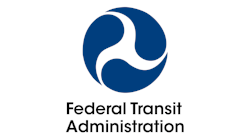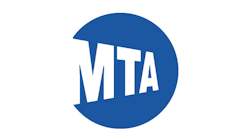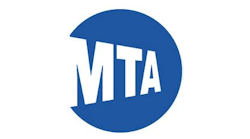Let us all celebrate the 34th anniversary for the Americans With Disabilities Act (ADA). This was signed into law by former President George H.W. Bush on July 26, 1990. The Federal Transit Administration (FTA) has done an excellent job during this period when it comes to investing in public transit to bring capital assets into compliance with ADA. Billions of dollars in FTA grants to more than 900 transit agencies across the U.S. have paid for thousands of buses, paratransit vans, light rail, subway cars, commuter rail and ferries that are ADA accessible. Numerous subway, light rail and commuter rail stations, bus and ferry terminals, along with other transportation facilities, are accompanied in many cases with elevators and/or ramps that have also become ADA compliant.
Here are three ways the New York Metropolitan Transportation Authority, the largest transit agency in the U.S., can obtain financial support to pay for bringing more New York City (NYC) Transit subway, Staten Island Railway, Long Island Rail Road (LIRR) and Metro-North Railroad stations into compliance.
NYC Transit subway has 126 of 472 stations, Staten Island Railway has five of 21, LIRR has108 of 124 and Metro-North Railroad has 60 of 85 stations that are already in compliance with the ADA. The MTA receives $1.8 billion in annual assistance from various Federal Transit Administration formula grant funding programs. Most of these funds are eligible to be programmed to pay for ADA station or vehicle equipment purchases.
The FTA previously announced a Notice of Funding Availability (NOFA) followed by a Notice of Grant Awards for federal fiscal year (FY) 2024 several months ago for the All Stations Accessibility Program (ASAP). The MTA was awarded a grant worth $156.5nmillion dollars. This will provide funding for NYC Transit to improve accessibility at the Wakefield-241st St., Kingsbridge Road, 167th St., 145th St. and 110th St. subway stations. Modernization work will include installing elevators, updating platforms to reduce gaps, adding tactile platform edge warning strips, making stairway repairs, improving signage and enhancing visual and audio announcement systems.
Before the end of 2024, there will be a new opportunity for the MTA and other transit agencies around the nation to apply for a share of the $333 million or more under the new federal FY 2025 (Oct. 1, 2024 – Sept. 30, 2025) national competitive ASAP grants. Funds can be used to pay for station rehabilitation work, including elevators and ramps, along with visual or audible aids to assist riders in accessing the system. The program will total $1.75 billion during five years.
The MTA could also ask any major business, college or hospital who benefit from many of the 472 NYC Transit subway stations adjacent to their facility to sponsor installation of elevator(s). Let them split the cost 50 percent with the MTA NYC Transit in exchange for naming rights to the elevator(s). This could stretch both federal and local MTA dollars to bring even more stations into compliance with the ADA.
City, state and federal elected officials who have access to member item funding can also sponsor projects. NYC zoning laws offer private developers the incentive of 20 percent more floor space for construction of new buildings in exchange for paying both NYC Transit station improvements, including maintenance costs.

Larry Penner
Larry Penner is a transportation advocate, historian and writer who previously served as a former director for the Federal Transit Administration Region 2 New York Office of Operations and Program Management. This included the development, review, approval and oversight for billions in capital projects and programs for New Jersey Transit, New York Metropolitan Transportation Authority, NYC Transit bus, subway and Staten Island Railway, Long Island and Metro North railroads, MTA Bus, NYCDOT Staten Island Ferry along with 30 other transit agencies in New York and New Jersey.






